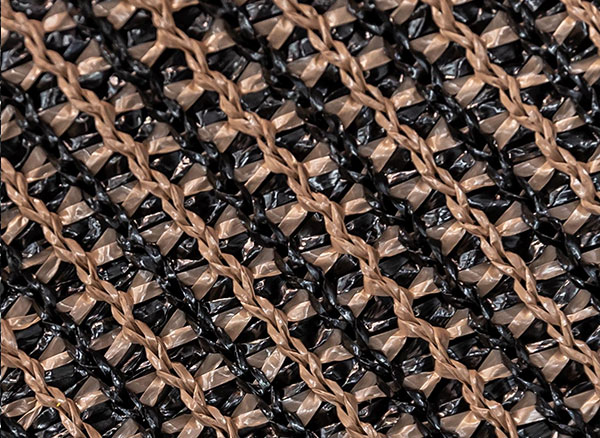In many agricultural regions, the Agriculture Sun Shade Net has become an essential part of modern farming. These nets are no longer viewed as simple covers but as integral components of climate management systems that protect crops, reduce stress, and improve overall productivity. Advanced farms now consider shading solutions a long-term investment in sustainability and yield stability.
Technology has also reshaped the role of shade nets. More growers are turning to automated shading systems that rely on sensors to monitor solar intensity and air temperature. The net’s structure adjusts to provide the right amount of shade throughout the day, preventing overheating and allowing crops to receive balanced light exposure. This responsive approach helps maintain photosynthesis conditions and supports better fruit color, size, and nutrient concentration. Studies in controlled environments report yield gains of up to 20 percent when nets are adapted to crop stages and sunlight variation.

Agriculture Sun Shade Net and Material Breakthroughs
Material technology plays a central role in improving the performance and durability of shade nets. High-density polyethylene (HDPE) remains the industry standard due to its strength and UV resistance. However, innovation continues to bring change. Some manufacturers now experiment with eco-friendly, partially degradable coatings that extend lifespan while minimizing environmental impact.
Color innovation also deserves attention. Black and brown nets are valued for their ability to absorb and moderate heat, while green, white, and silver variants reflect sunlight, maintaining cooler temperatures inside structures. Each shade color influences plant growth differently, allowing farmers to choose nets that match their specific crop needs.
Agriculture Sun Shade Net in Greenhouse and Tunnel Systems
In greenhouses and tunnel farms, maintaining temperature balance is a constant challenge. Shade nets help lower interior temperatures by 5–10 °C, reducing plant stress and preventing excessive water loss. This stabilization ensures that plants maintain proper metabolic activity during hot seasons. Nets are often installed above or below greenhouse roofs or stretched across tunnel frames for even coverage.
Farmers also focus on proper design and installation techniques. Correct net tension, overlap distance, and airflow gaps determine shading uniformity and ventilation. Some growers install retractable or roll-up mechanisms, allowing partial opening during morning or evening hours to maximize light while maintaining protection during midday peaks. This flexible approach helps ensure consistent growth patterns and reduces the risk of leaf scorching or premature wilting.
Market Growth
Global demand for agricultural shade nets continues to rise, driven by expansion in greenhouse farming, horticultural exports, and government-supported sustainable farming programs. Market forecasts indicate steady growth through 2030, especially in Asia-Pacific and the Middle East, where strong sunlight and high crop diversity encourage the use of customized shading systems.
Conclusion and Product Recommendation
Agriculture Sun Shade Net continues to evolve from a traditional protective fabric into a high-performance agricultural solution that supports sustainable, efficient, and profitable farming. For growers seeking a dependable balance between durability, shading effect, and visual appeal, the Brown Black Shade Net 100 GSM offers an option. It provides stable coverage, effective UV blocking, and easy installation for both greenhouse and open-field applications.
For more detailed product information, please contact Yinong Company.



 英语
英语 西班牙语
西班牙语










